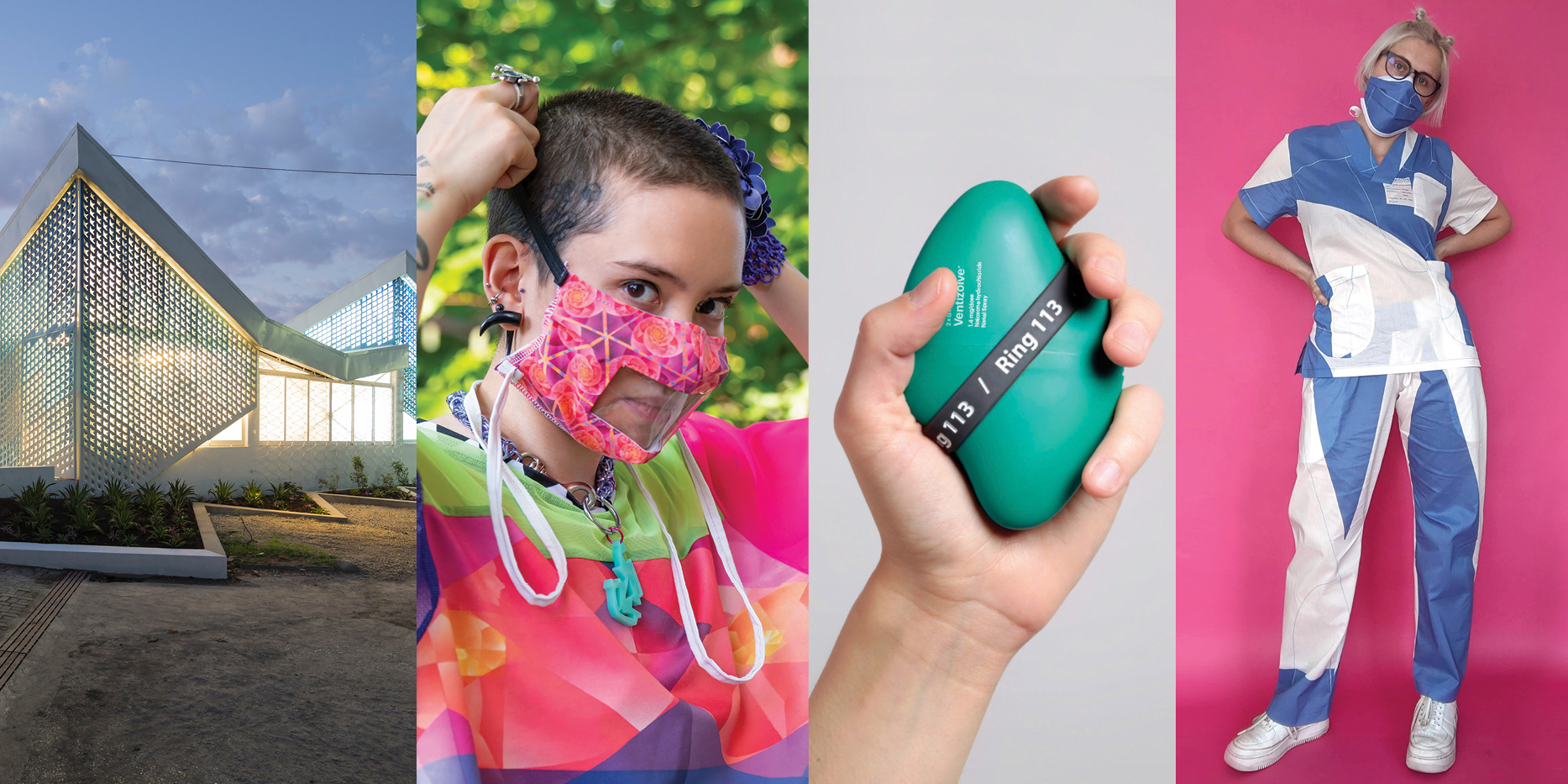
What is design’s role in times of crisis? Communities and individuals come together to aid each other, push for change, and create new spaces, objects, and services. Epidemics—both in the past and in the present—have triggered the discovery of new ways to treat and prevent disease while exposing systemic gaps and failures.
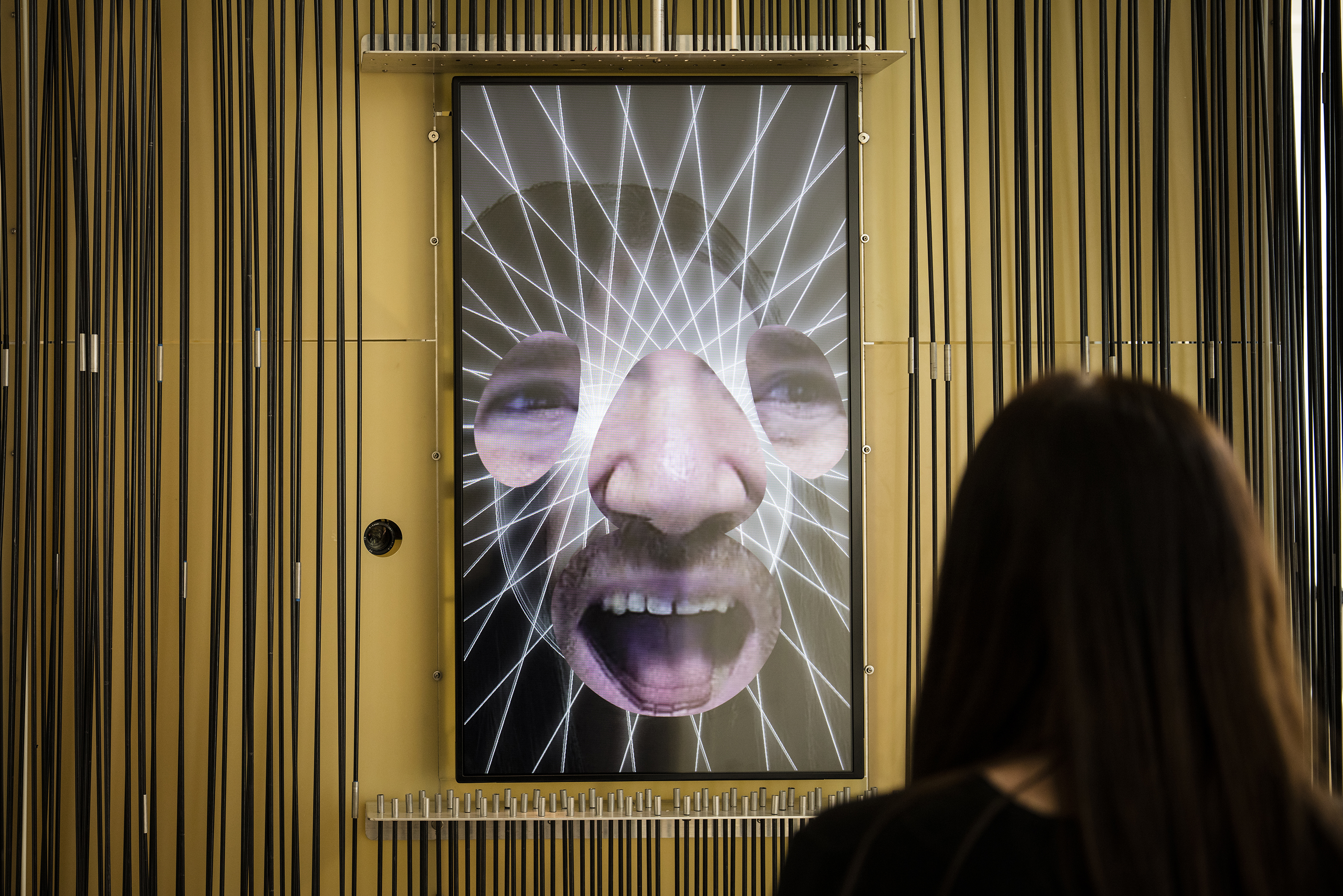
Presented in Cooper Hewitt’s Process Lab, Face Values: Exploring Artificial Intelligence is an immersive installation that explores the pervasive but often hidden role of facial-detection technology in contemporary society. This high-tech, provocative response investigates the human face as a living data source used by governments and businesses to track, measure, and monetize emotions. Using their own...
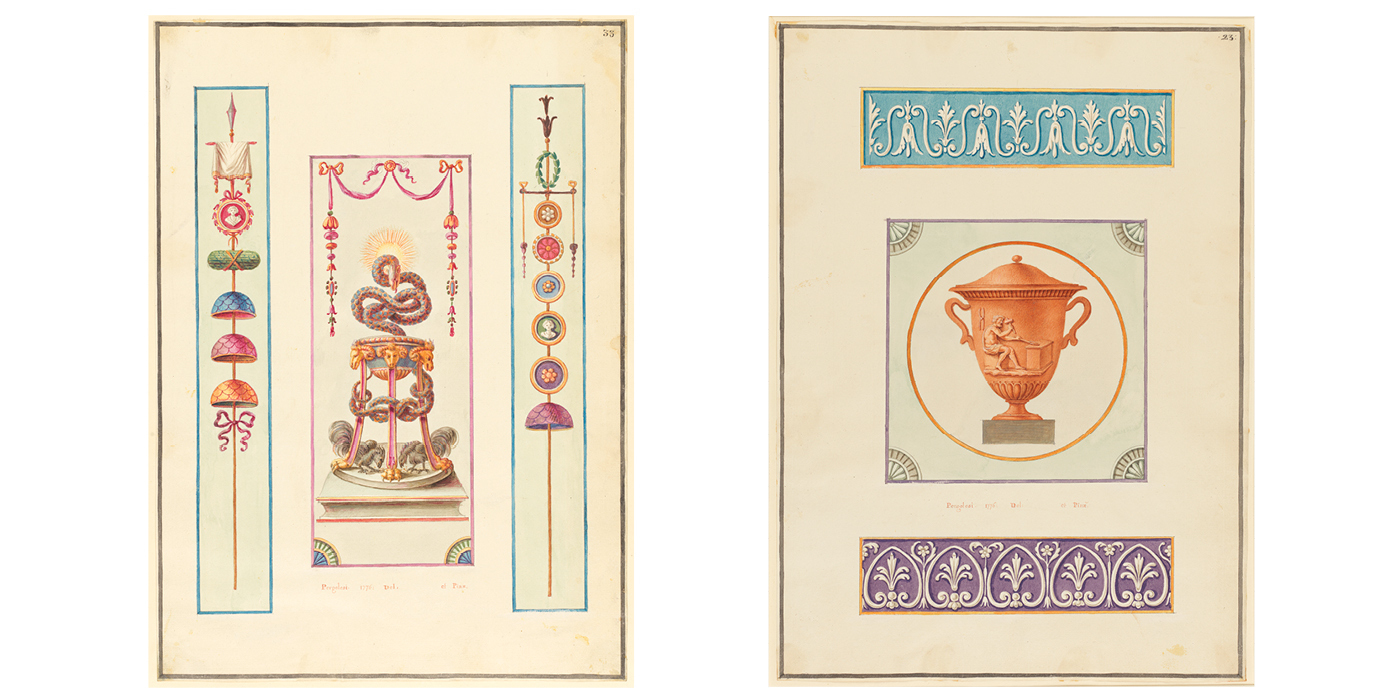
Mr. Pergolesi’s Curious Things: Ornament in 18th-Century Britain showcases fanciful drawings and prints by Michel Angelo Pergolesi (died 1801), an Italian-born artist whose professional specialty, in his words, was “the ornaments of the ancients.” In the early 1760s, Pergolesi moved to London, England, where he helped popularize a neoclassical style that employed ornament inspired by...
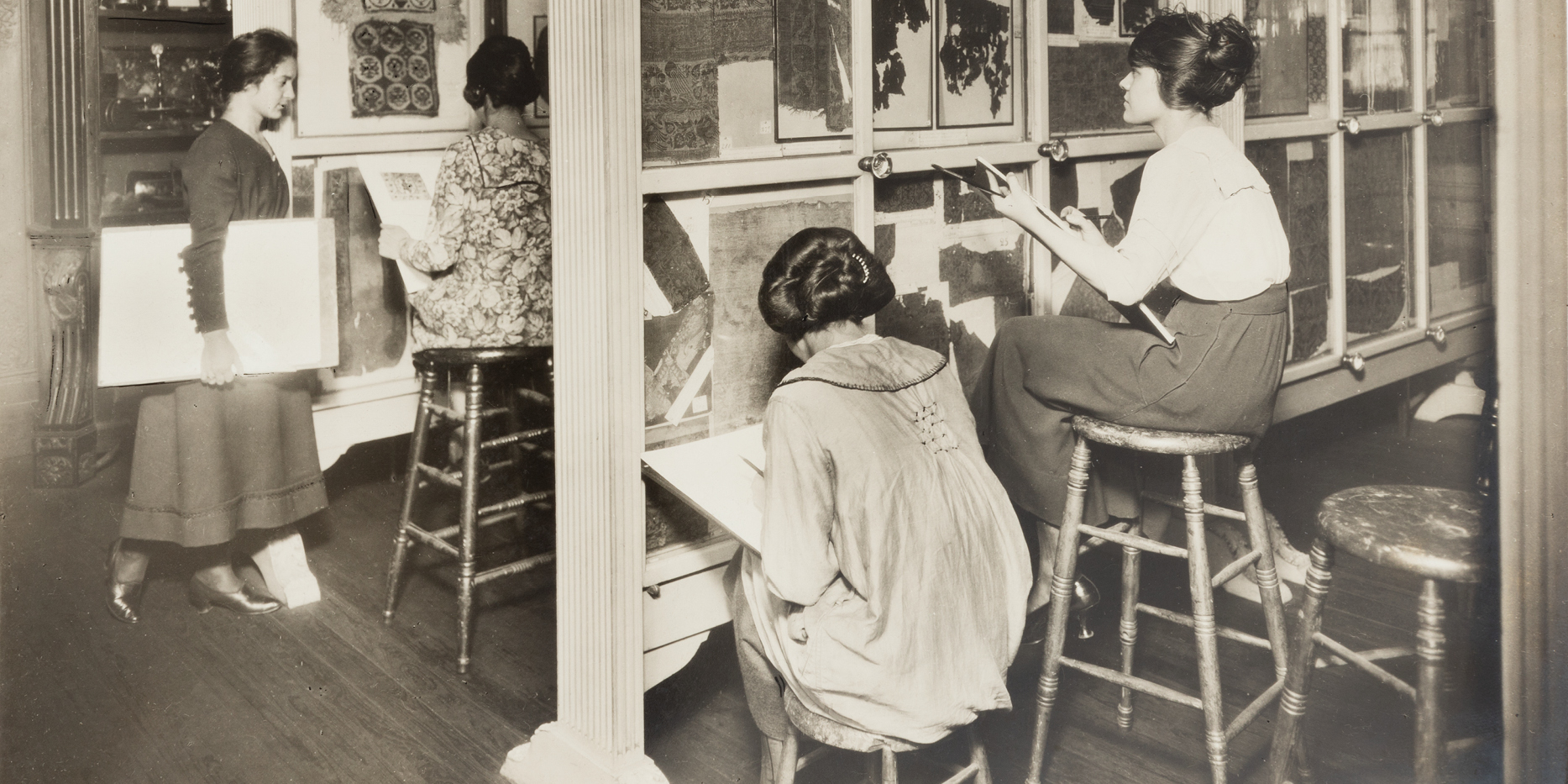
Sarah & Eleanor Hewitt: Designing a Modern Museum chronicles the colorful lives and contributions of the dynamic sisters and explores how they created The Cooper Union Museum for the Arts of Decoration. Through archival photography and documents, personal drawings and correspondence, news clippings and ephemera, the exhibition introduces the sisters as educators, collectors, and philanthropists....
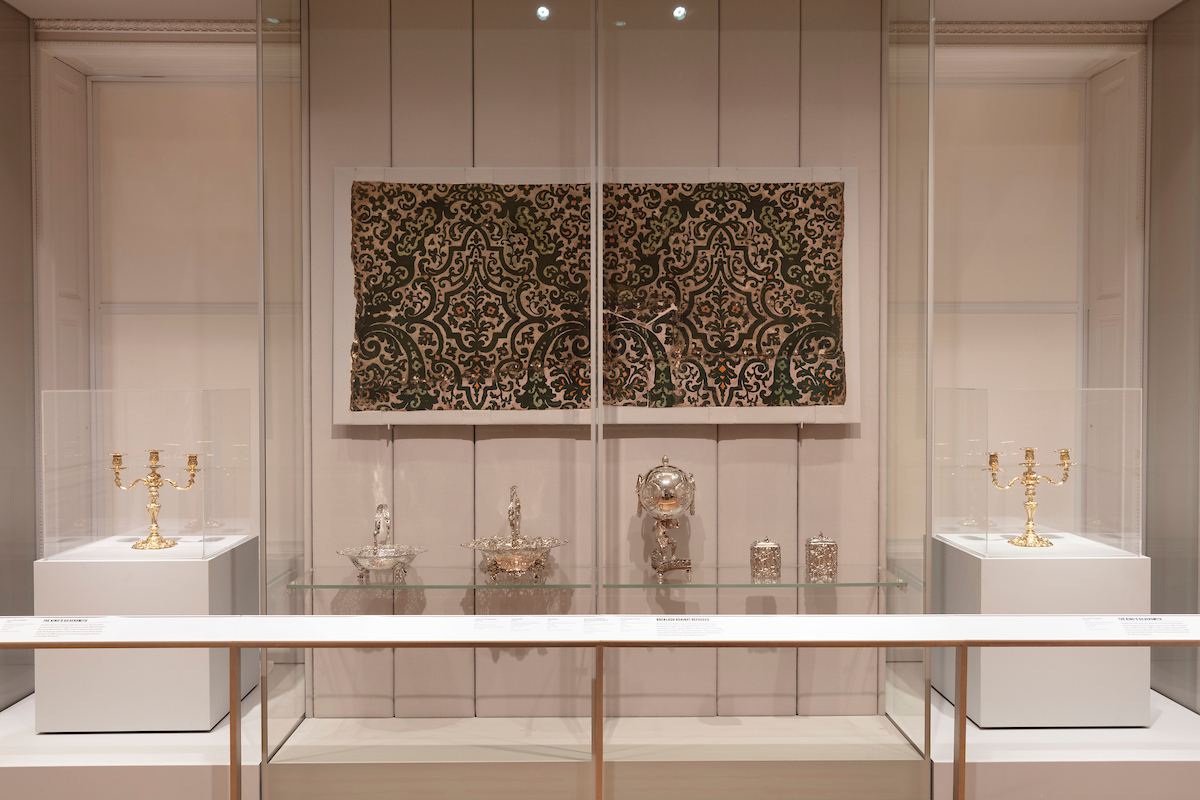
Drawing from Cooper Hewitt’s permanent collection, this exhibition explores the unprecedented circulation of labor, skills, aesthetics, and luxury goods across international borders in the 18th century. It traces the movement of people, ideas, and objects across borders, challenging notions of foreign and domestic, community member and outcast, and national style. The desire for luxury goods...
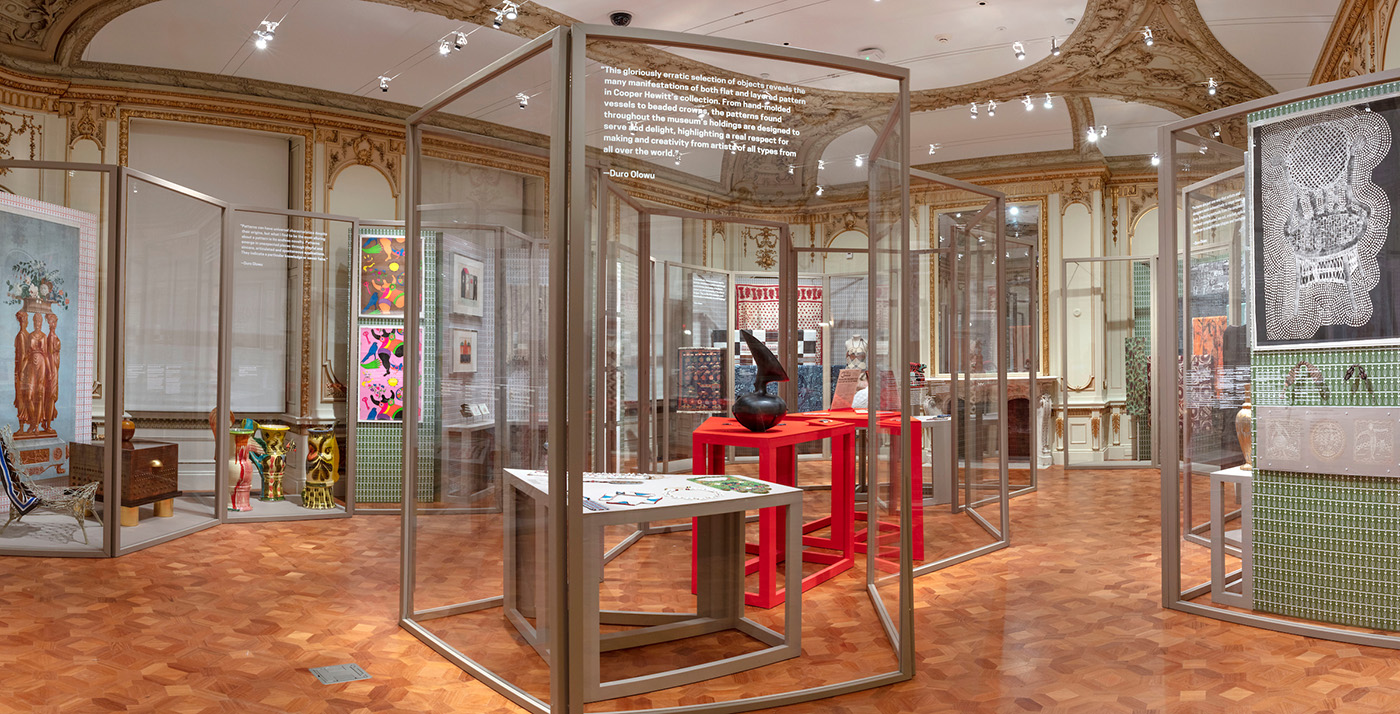
Duro Olowu Selects is the twentieth installment in Cooper Hewitt’s Selects series, which invites designers, writers, and cultural figures to explore and interpret objects in the museum’s collection. This exhibition is curated by Nigerian-British designer Duro Olowu who has received international recognition for his eponymous fashion label, textile designs, and curatorial work, which take inspiration...
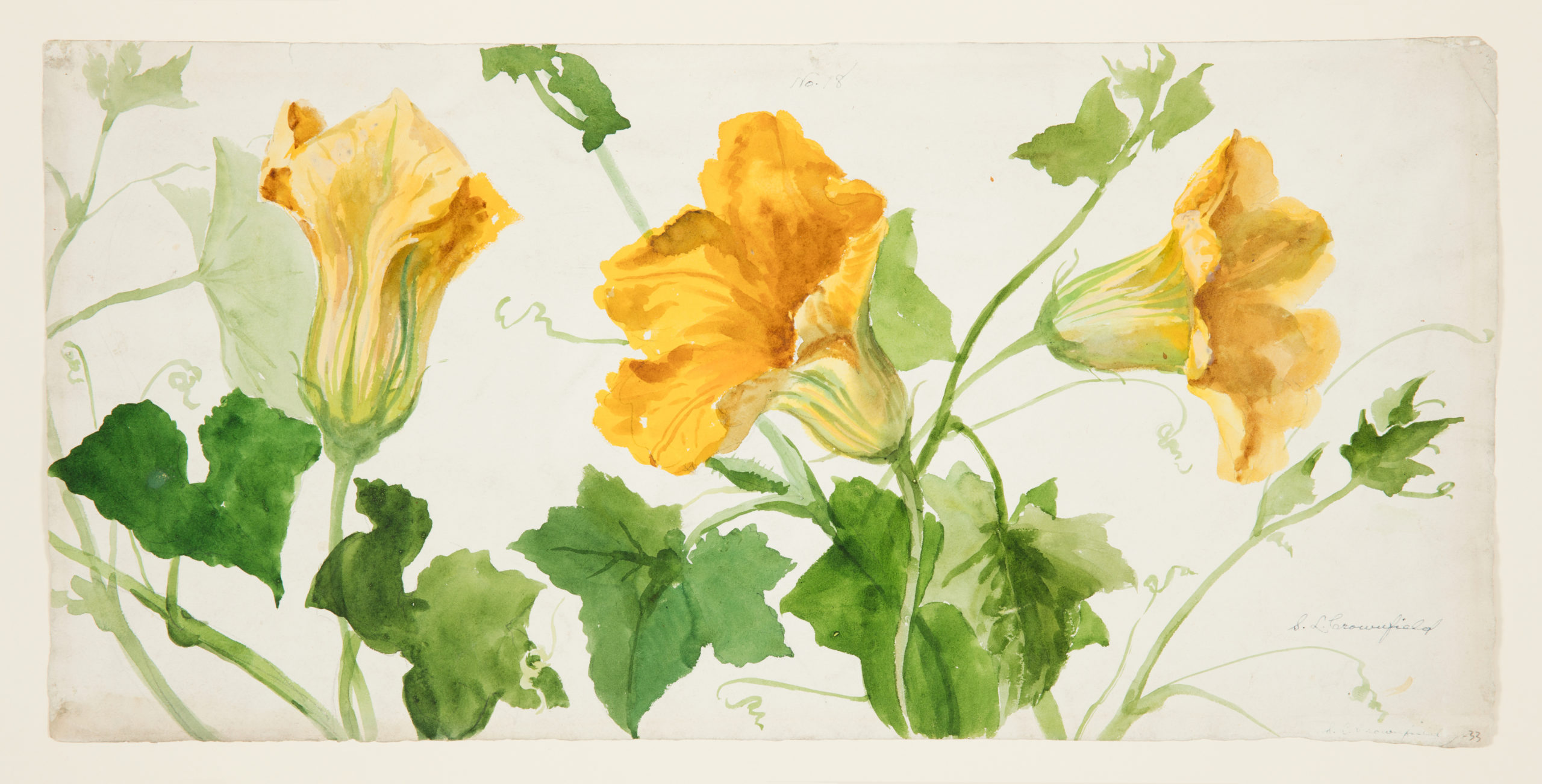
From the 1890s to the 1920s, Sophia Crownfield (American, 1862–1929) designed prints for some of the most prominent silk and wallpaper manufacturers in the United States. Her drawings of flowers range from delicate graphite sketches to vivid color studies, revealing her obvious ease with different types of specimens. Through progressive stages of rework, she developed...
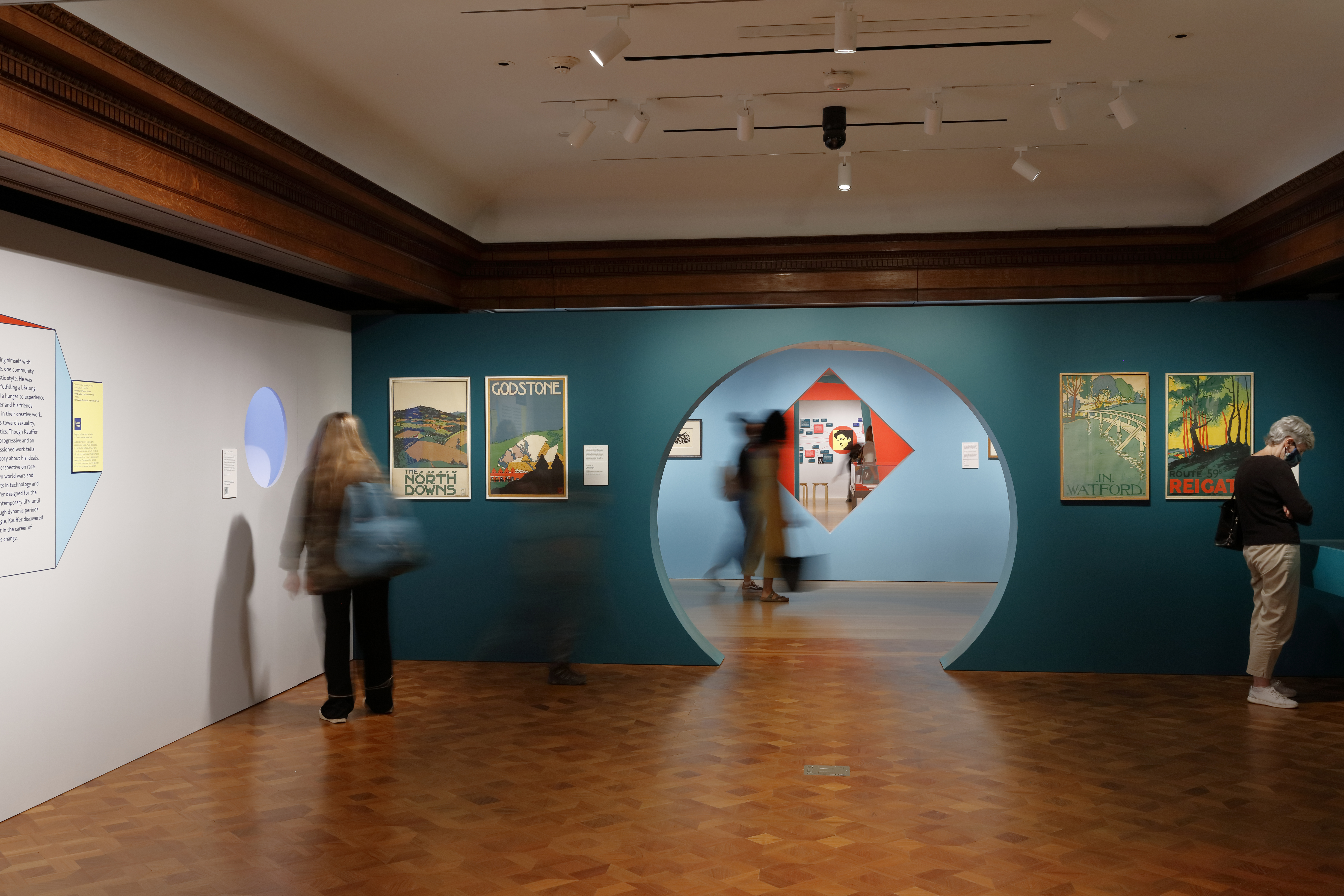
Hailed in his lifetime as “the poster king,” E. McKnight Kauffer (American, 1890–1954) believed that the street was an art gallery for the people. While living in England between 1914 and 1940, Kauffer produced radical posters for advertising that introduced modernism to the public. He experimented in provocative ways with line, form, space, and color to promote services and products. ...
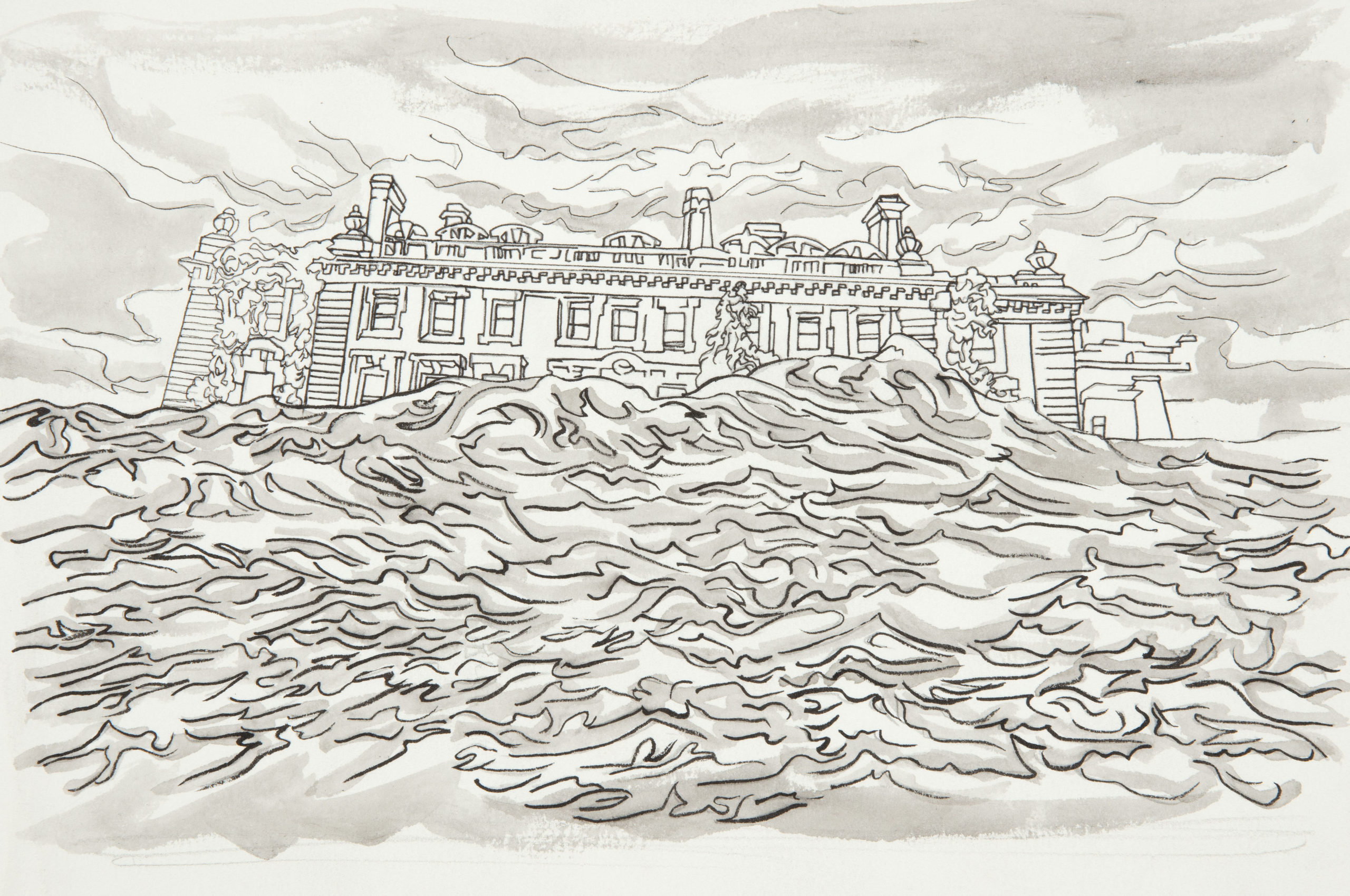
Jon Gray of Ghetto Gastro Selects is the 19th installation in the exhibition series that invites designers, artists, architects, and public figures to explore and interpret Cooper Hewitt’s collection of more than 215,000 objects. Cofounder of the creative collective and cooking advocacy group Ghetto Gastro, Jon Gray works at the intersection of food, culture, and...
View exhibitions prior to 2015 on the collection site